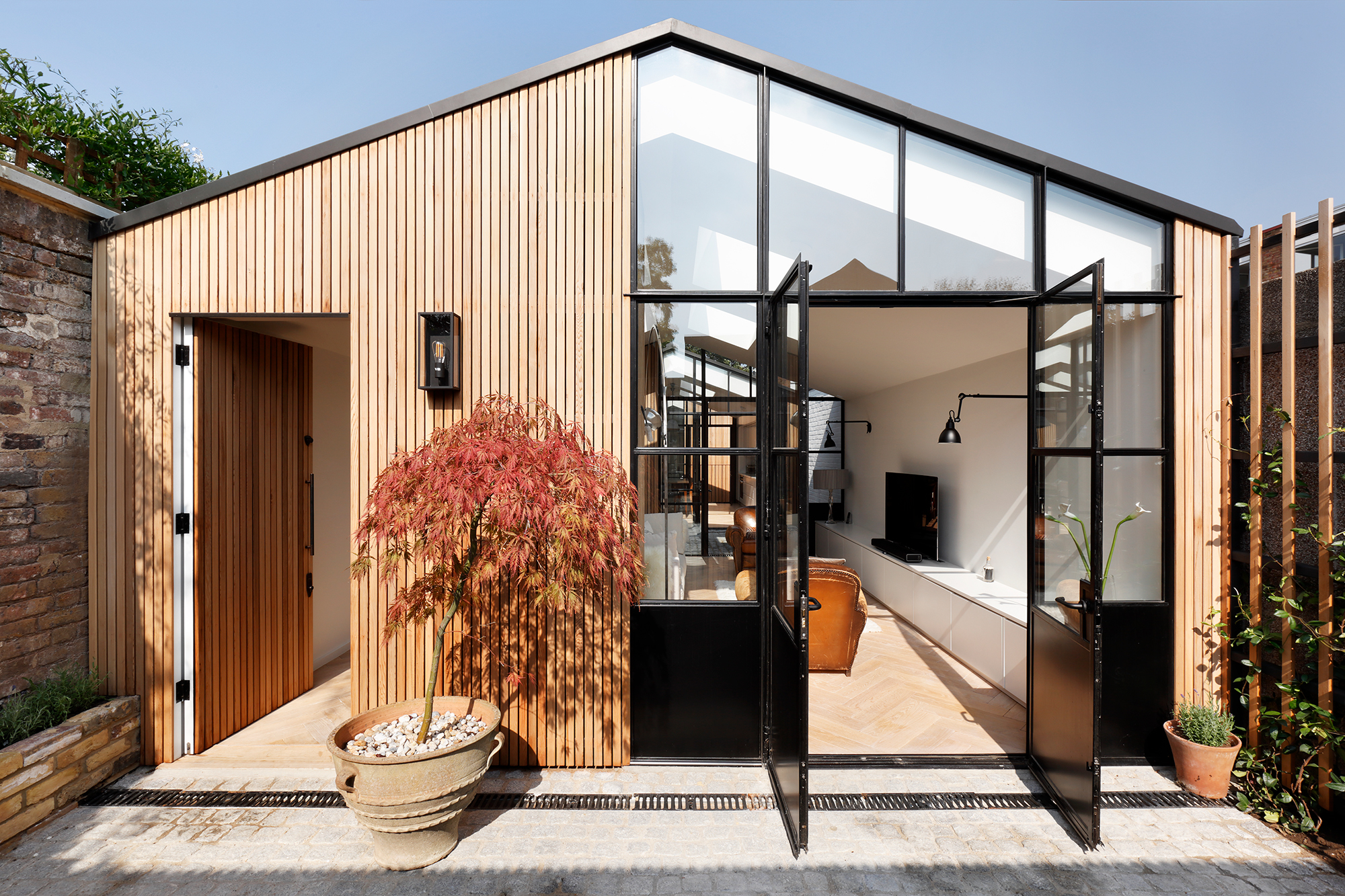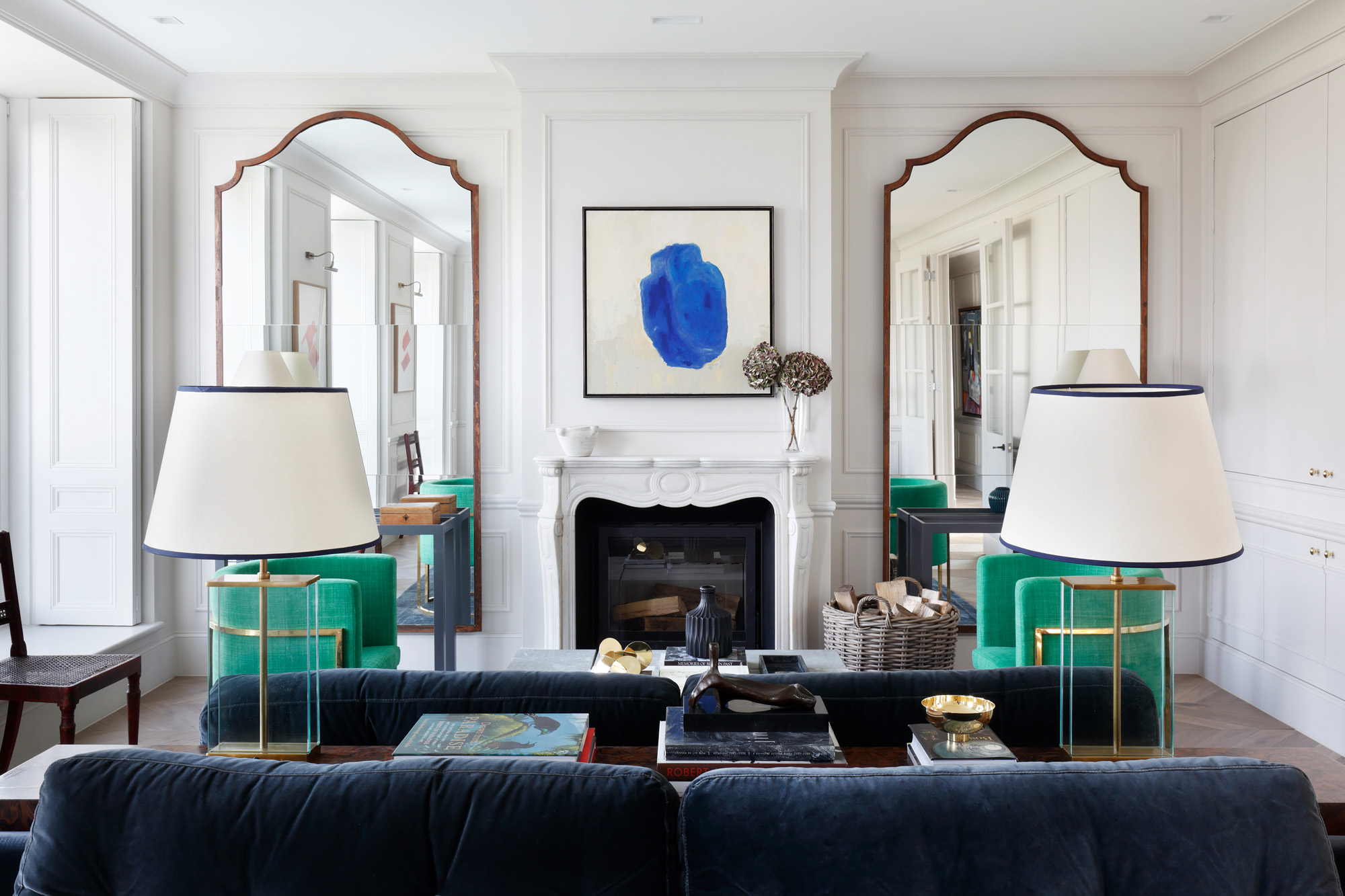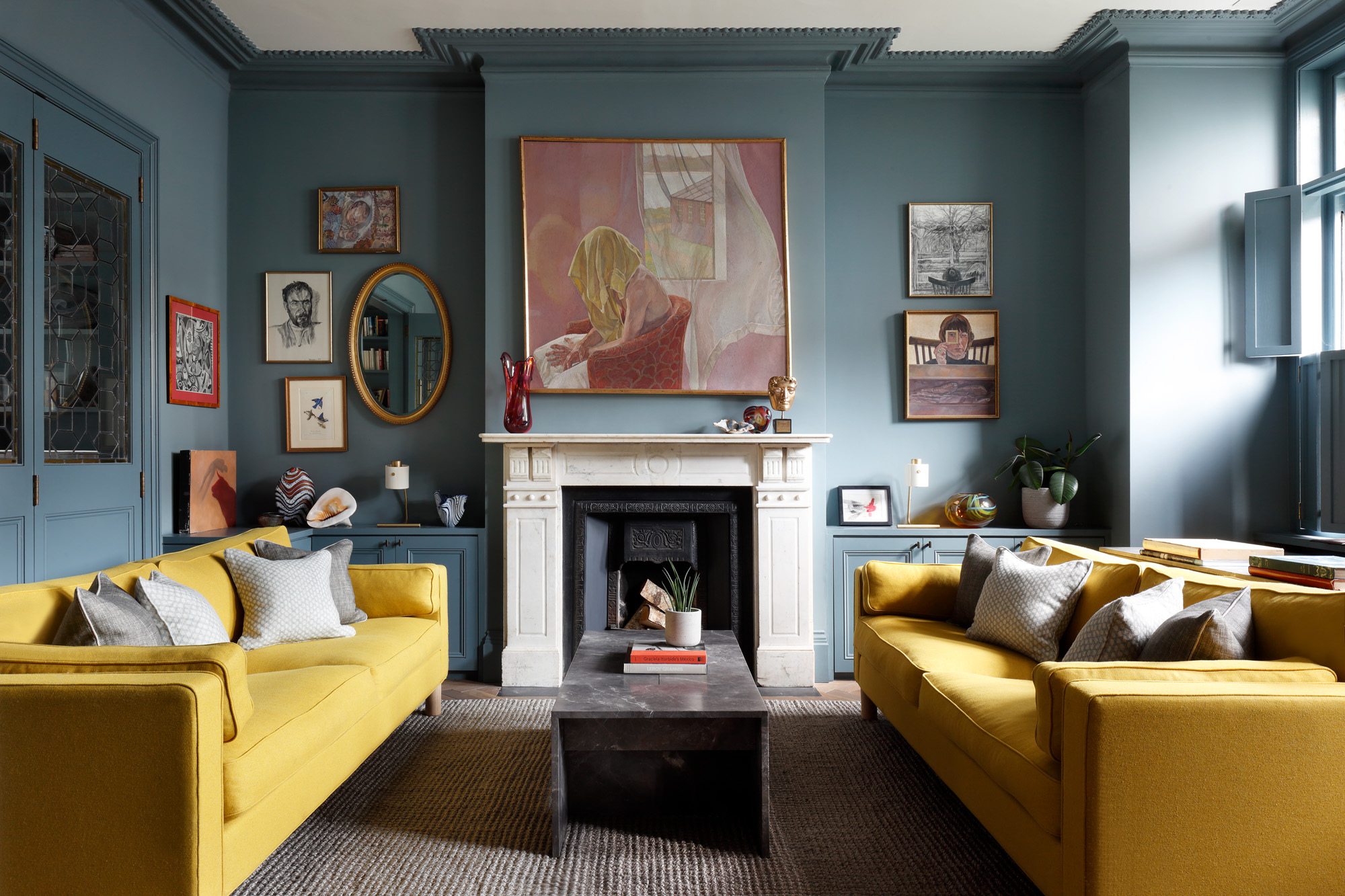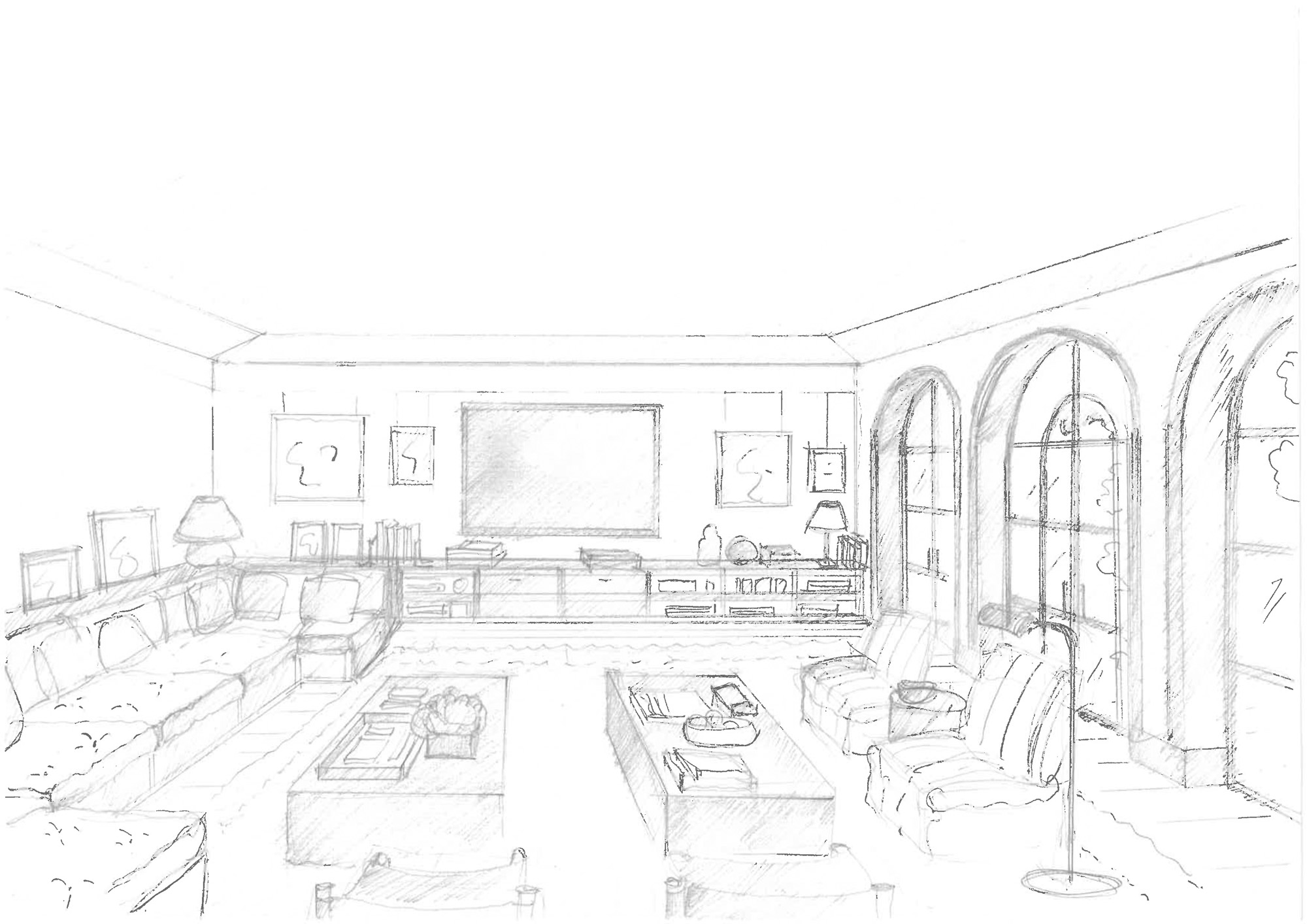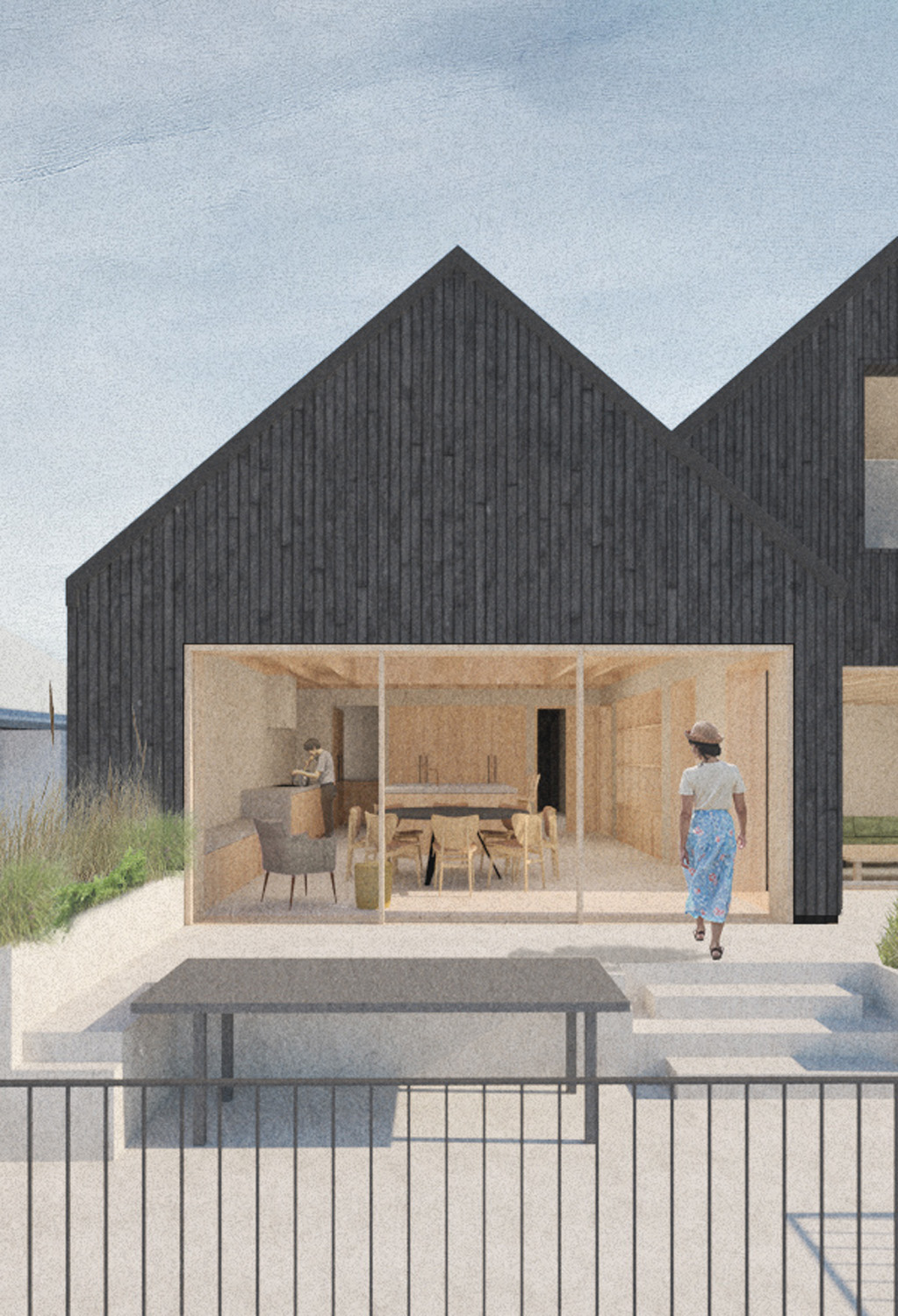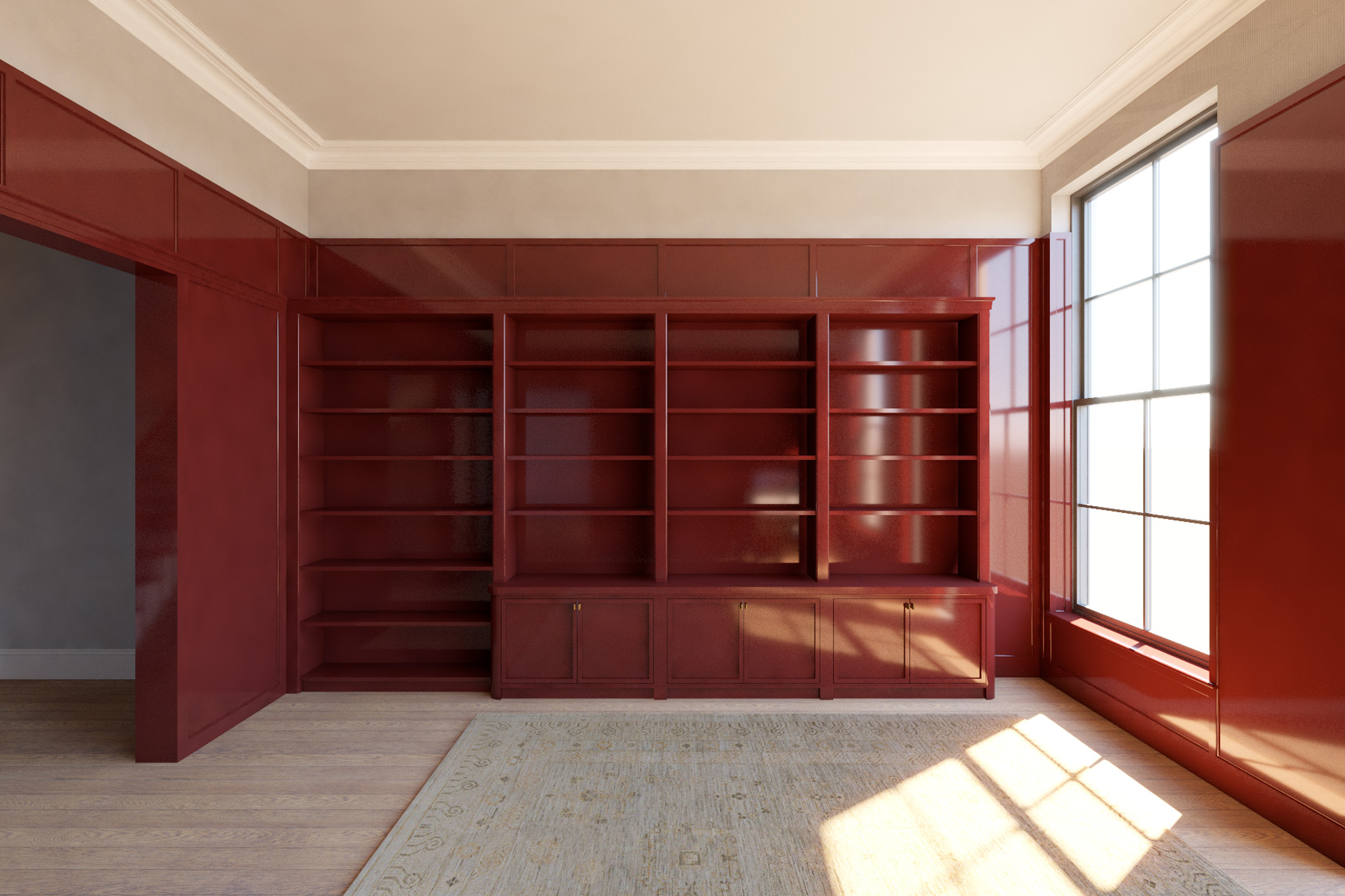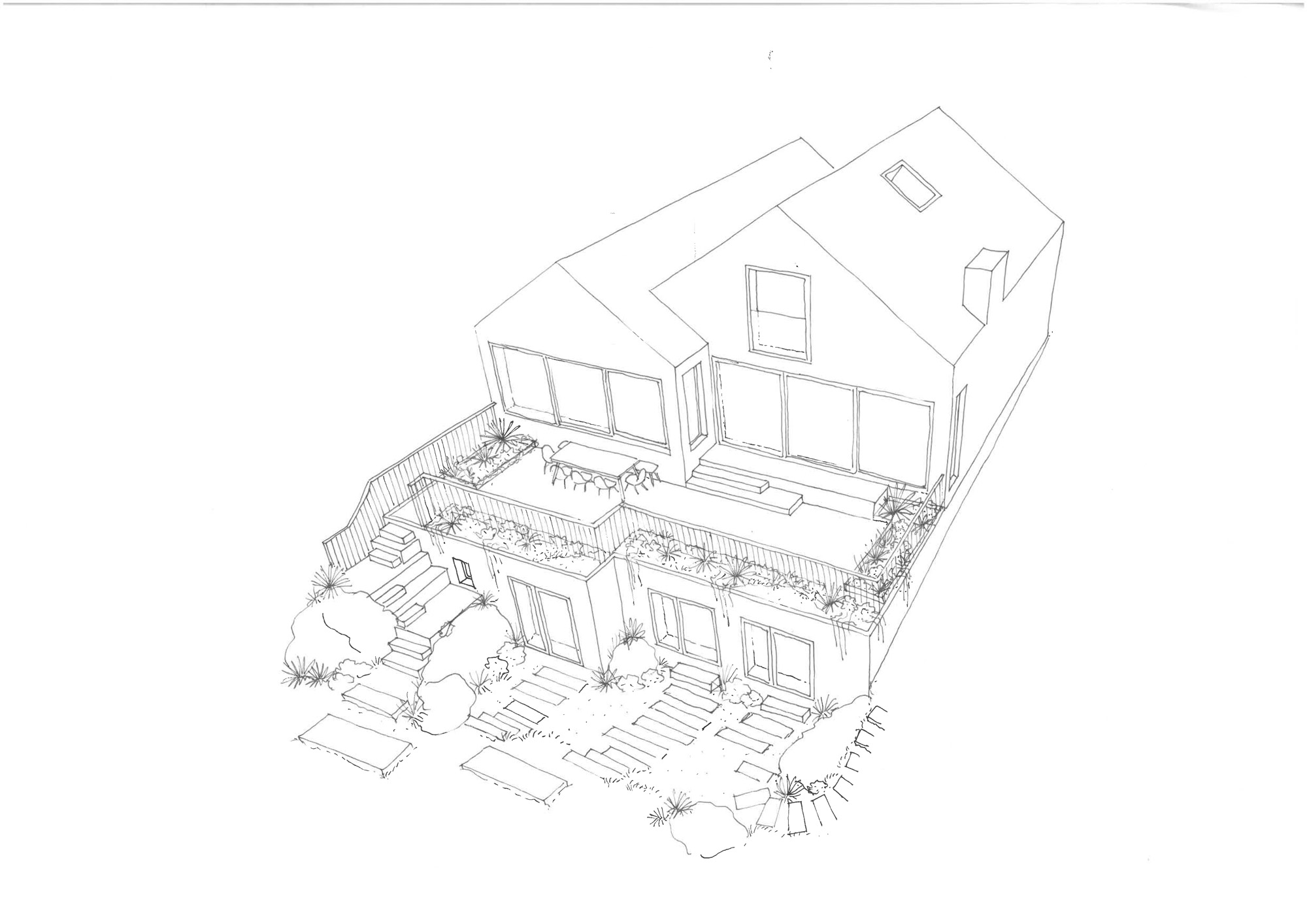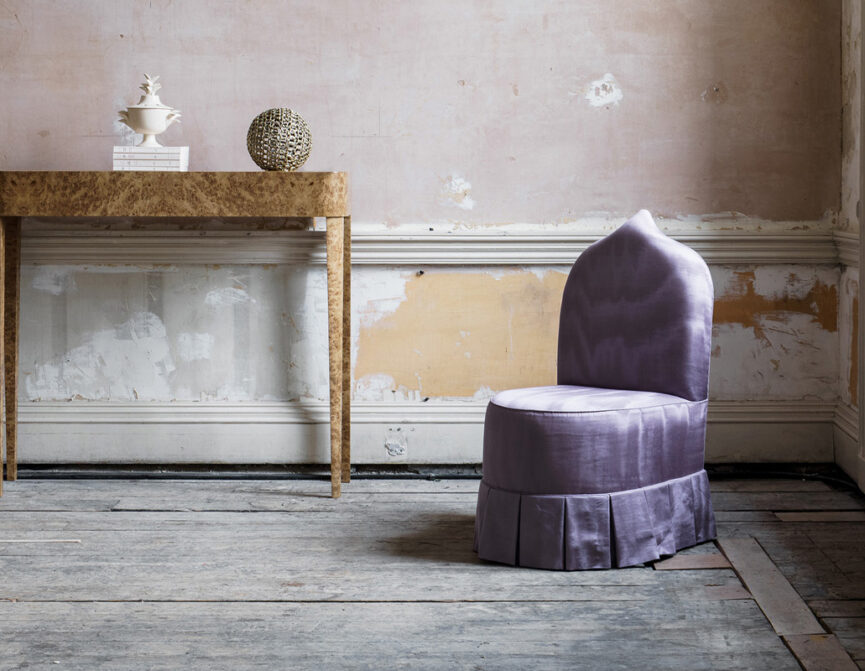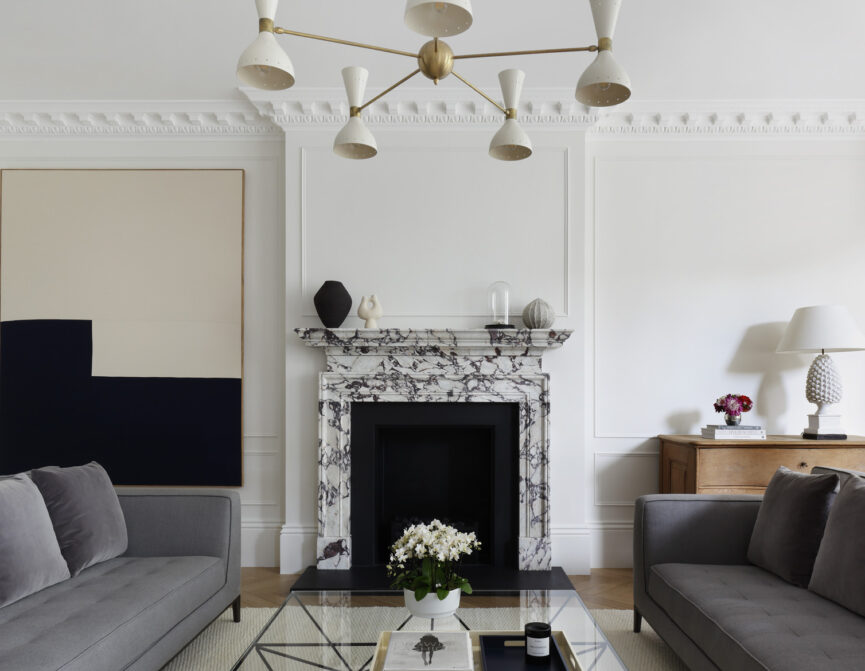Max De Rosee and Claire Sa reveal the story behind their renowned architecture practice and their atmospheric designs.
“To us, good architecture means creating spaces that evoke emotions.” It’s easy to see how the philosophy of Max De Rosee and Claire Sa – founders of De Rosee Sa architects – translates into their architectural and interior projects. They sidestep a signature style, instead aiming to create homes that are considered, beautifully crafted and sympathetic to their environment. “Our approach is almost forensic. We get to know our clients, their lifestyle and their local area. We study the existing fabric of the building, if there is one,” Max explains. It’s this responsive process – free of preconceptions – that has won them a string of awards.
It’s hardly surprising that Max and Claire have established such a successful practice. Both recall an early fascination with architecture and a childhood desire to express their creativity, whether drawing cars or making clothes. After cutting their teeth at bigger practices, they set up De Rosee Sa in Notting Hill in 2007, offering a holistic service that ranges from interior design to fashioning furniture, to sourcing antiques and fine art. “We always try to design spaces that improve quality of life and provide a beautiful yet practical stage for our clients’ stories. That has always been at the heart of our practice, from concept to completion,” says Claire.
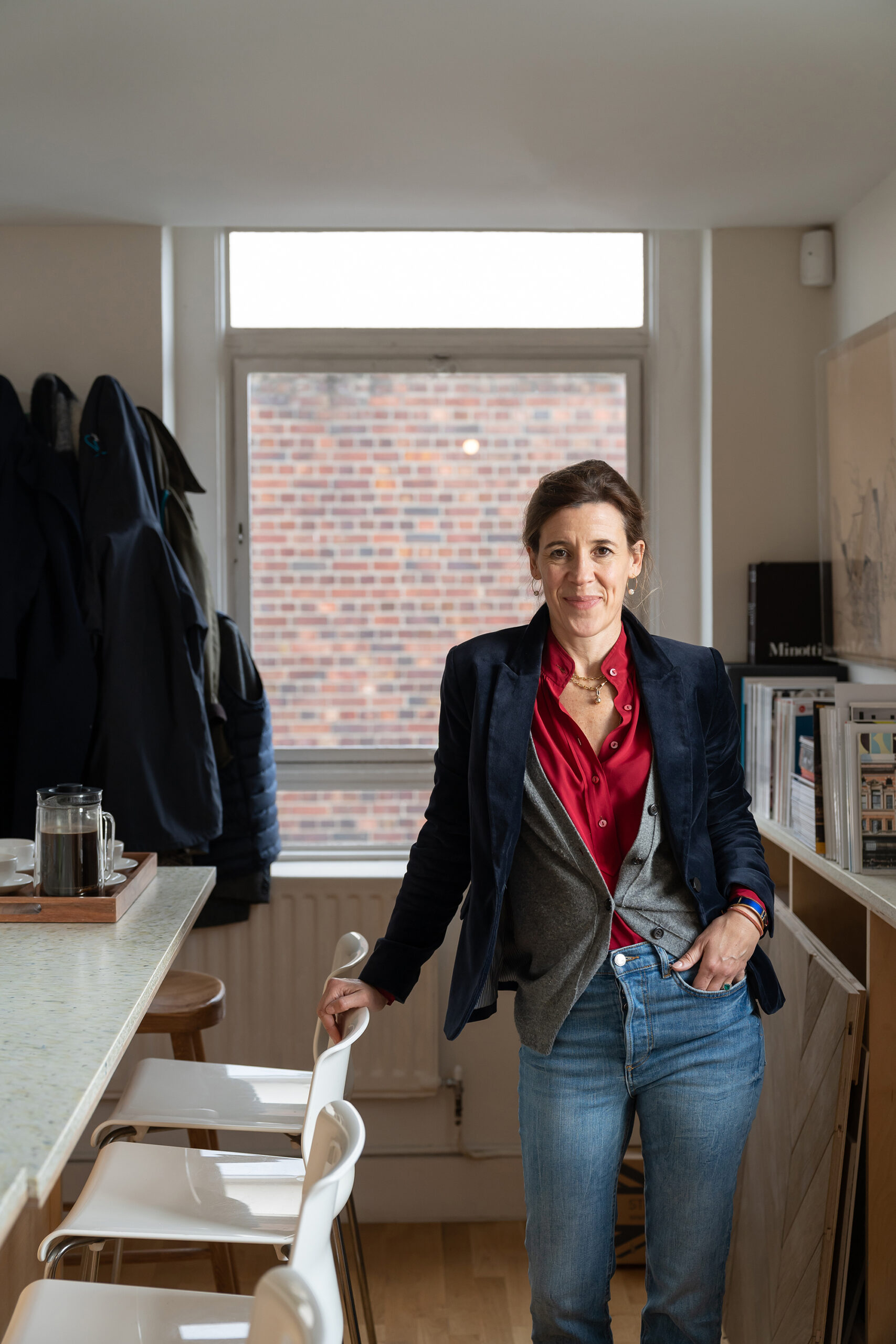
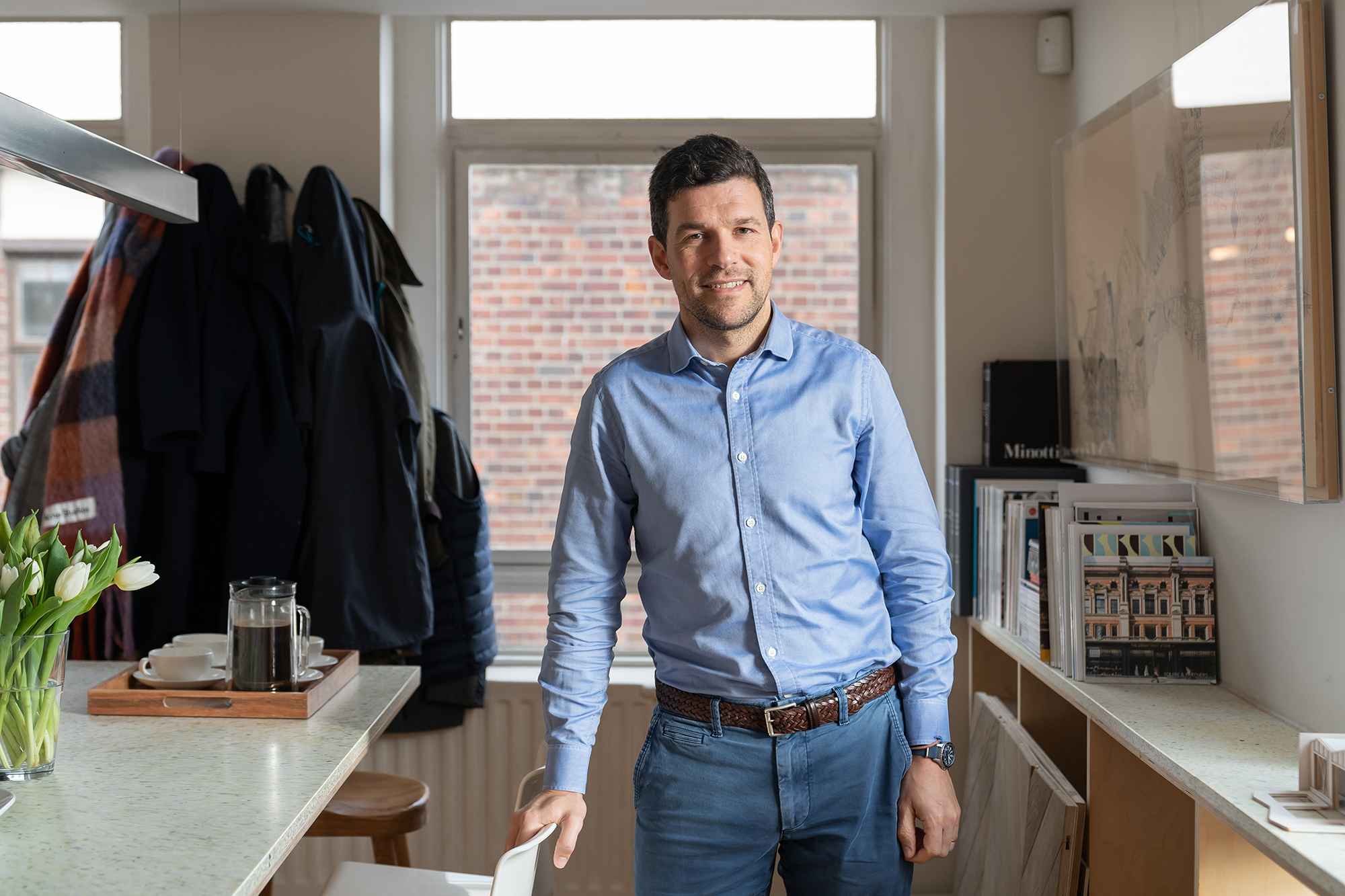

It wasn’t long before their timeless visions earned them a reputation for respecting the history of a building while elevating the individuality of a space, which in turn reached an international clientele. The pair have now solidified their presence in Europe, opening offices in Portugal and Belgium. An open-minded practice that values collaboration, the team work co-operatively with their European counterparts as well as external designers and craftsmen across the UK. The pair credit their growing familiarity with different building typologies and local materials to their international perspective and experience.
Whether it’s an art-de-vivre London penthouse, a lakeside cabin in Belgium or a rustic barn conversion in Somerset, the same granular attention is paid to detail, contrast and use of materials. They point to the harmony between colour, texture and flow of space as key to curating an atmosphere. Getting these elements right forms the foundations of how De Rosee Sa work as a practice, alongside fostering close relationships with their clients to understand what kind of space they want.
We always try to design spaces that improve quality of life and provide a beautiful yet practical stage for our clients’ stories.
- Claire Sa, Creative Director
Take their Stradella Road project, a double-fronted Edwardian villa that Max and Claire masterfully reimagined and extended, where glass sliding doors, a playfully shaped roof and double-height void channel light and drama. While the refurbishment created a thoroughly modern feel, the architects were careful to retain the history of the home, as their clients requested, with geometric encaustic tiles in the hall and oak herringbone floors. It’s also one of their most memorable, thanks to its unique design and the sympathetic use of materials in the interiors. But what other homes stand out for Max and Claire? “Our most memorable projects are the ones where we had a very strong relationship with the client,” Max reflects. “With Dalling Road, for example, we got on very well with them and we’re still friends today. The Crafted House was a real learning curve too – we collaborated with the Belgian designer Lionel Jadot who pushed boundaries in terms of materials.”
If architecture and interior design weren’t enough, De Rosee Sa has launched a furniture collection too, which is available through their online shop alongside a curated selection of antiques. With the demand for bespoke furniture on the rise and off-the-shelf solutions not quite cutting it, Max and Claire often found themselves designing furniture in-house. Releasing their own collection seemed like a natural next step. “Most of our furniture has been designed because we couldn’t find the right pieces available elsewhere. For example, Claire designed the Red Table because we needed one that could transform from seating six to twelve or fourteen without looking out of place,” Max points out.
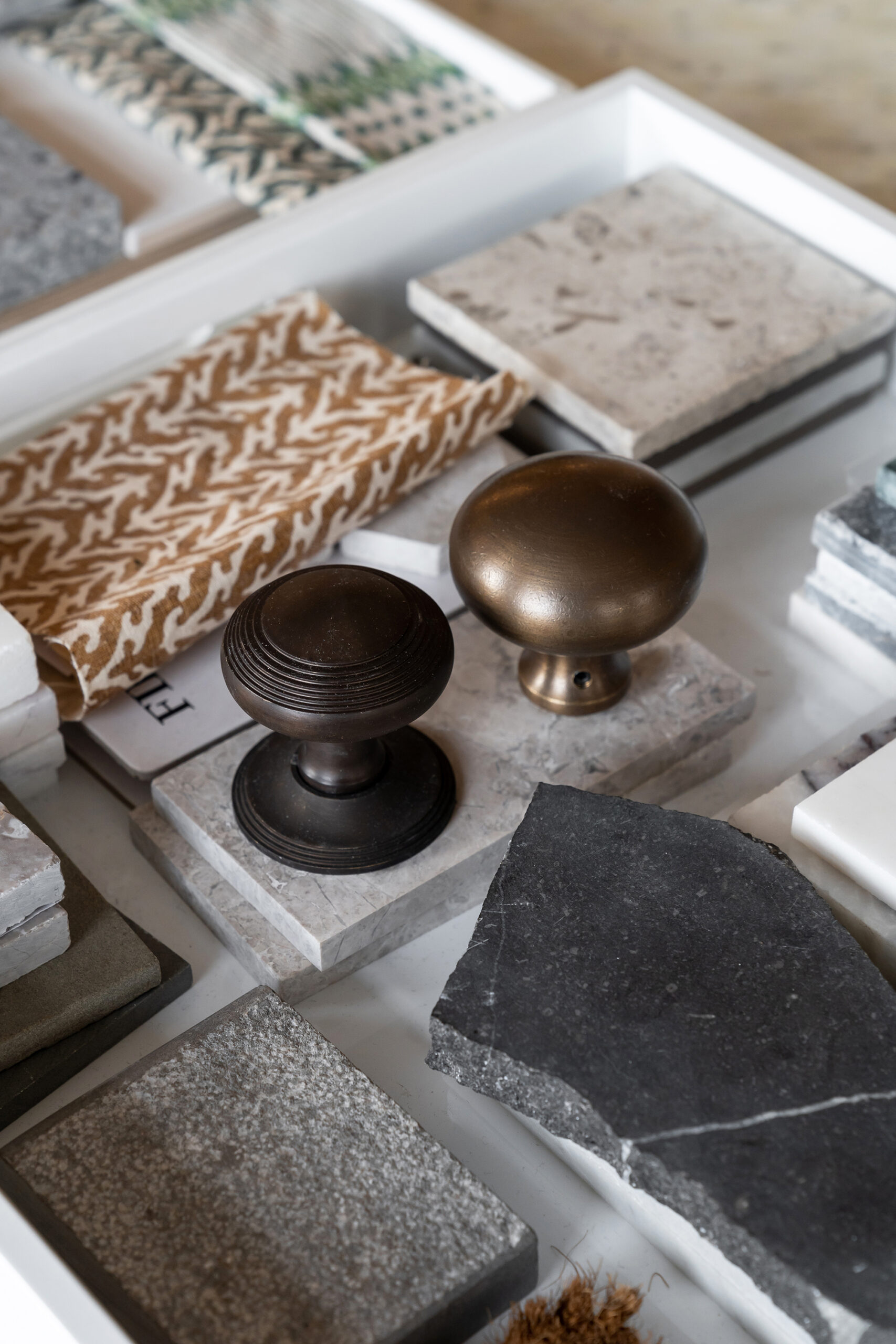
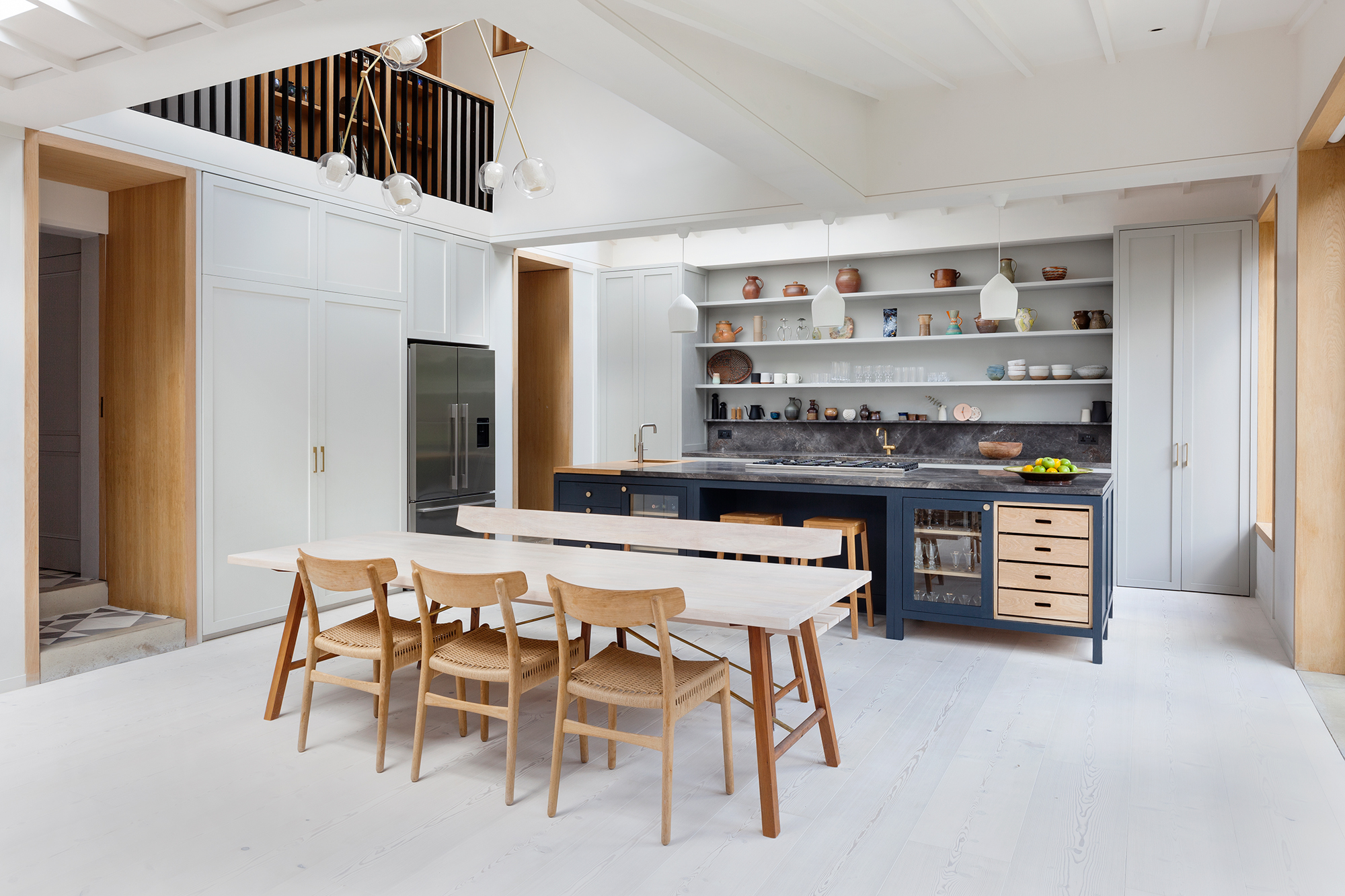
Products range from the aforementioned crimson dining table with undulating ribbed legs and a gold trim – already a popular piece with De Rosee Sa’s discerning clientele – to jewel-toned tub chairs and smaller items such as the high-gloss scalloped trays. In addition to their good looks, each piece is practical and considered – a scorched ash and rattan bench that is big on character but slim in size, a Klein Blue desk with two brass-lined cable access ports. “Our designs usually start from a functional need – whether it’s a product that looks good but saves or creates space – but the range is very versatile in terms of aesthetics,” Claire remarks. The pieces are inspired by European styles like French Classicism and use a range of colours and textures. The penthouse apartment they designed in Ladbroke Grove is the perfect setting for their designs, one whose aesthetics, materials and colour palette were inspired by the elegance of Parisian apartments.
Sophistication and practicality are recurring themes throughout De Rosee Sa’s rich portfolio, not just in design and atmosphere, but in the practice’s attitude towards planning and budgets. So how do they spark their creativity? “It’s from everyday things – looking at images, researching ideas for something else – but it’s often quite random. We could be on holiday somewhere, walk into a restaurant and think, ‘oh that’s a great colour for a door’,” Claire reveals. “The more you make time to go outside and look around you, the more you can build up that reference library.”
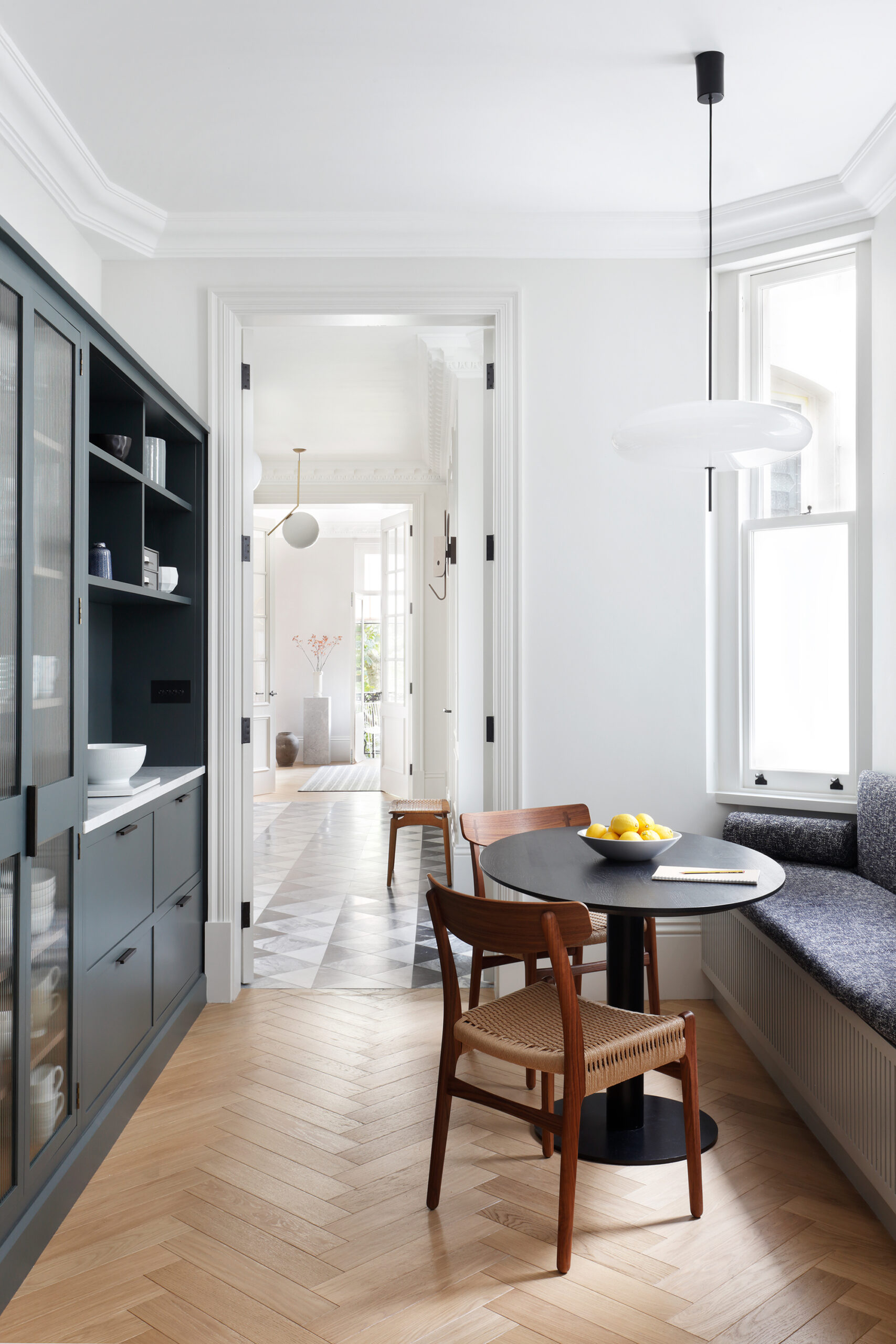

Looking ahead, Max and Claire predict that sustainability will become a growing concern in architecture so the team at De Rosee Sa are focusing their efforts on finding more climate-friendly solutions, as demonstrated by the kitchen counter in their studio, which is made from recycled yoghurt pots. “We’re happy that many of our projects preserve and extend existing buildings but, even so, we do consider how our designs will affect the environment,” Max adds. “We’re trying to figure out ways in which the environmental impact of the buildings can be minimised during the construction phase or through the materials we use.”
This year is looking bright for this creative architectural practice. With exciting projects kicking off in Portugal and Belgium, as well ideas to extend their furniture collection, the practice is looking forward to adding to their portfolio and crafting beautiful and functional spaces in the process.


